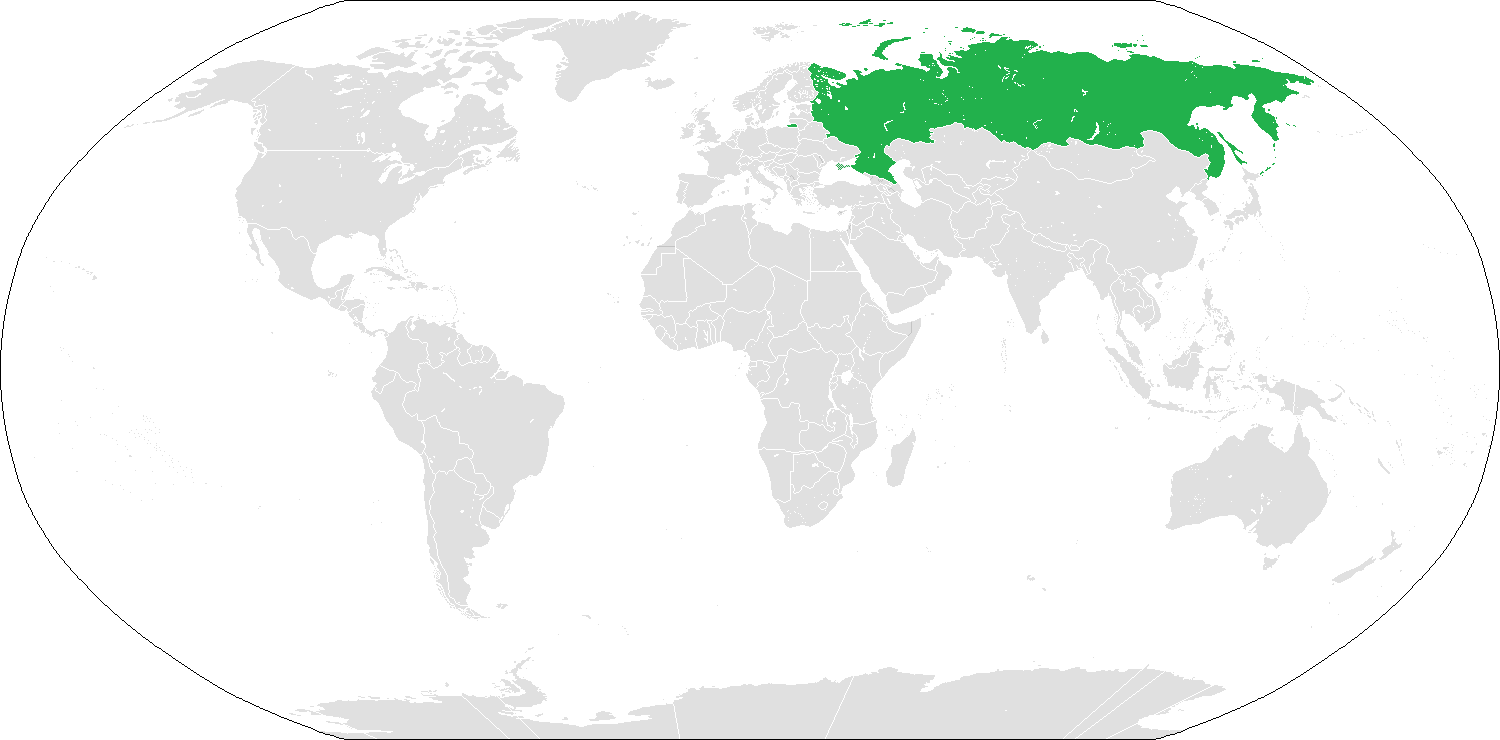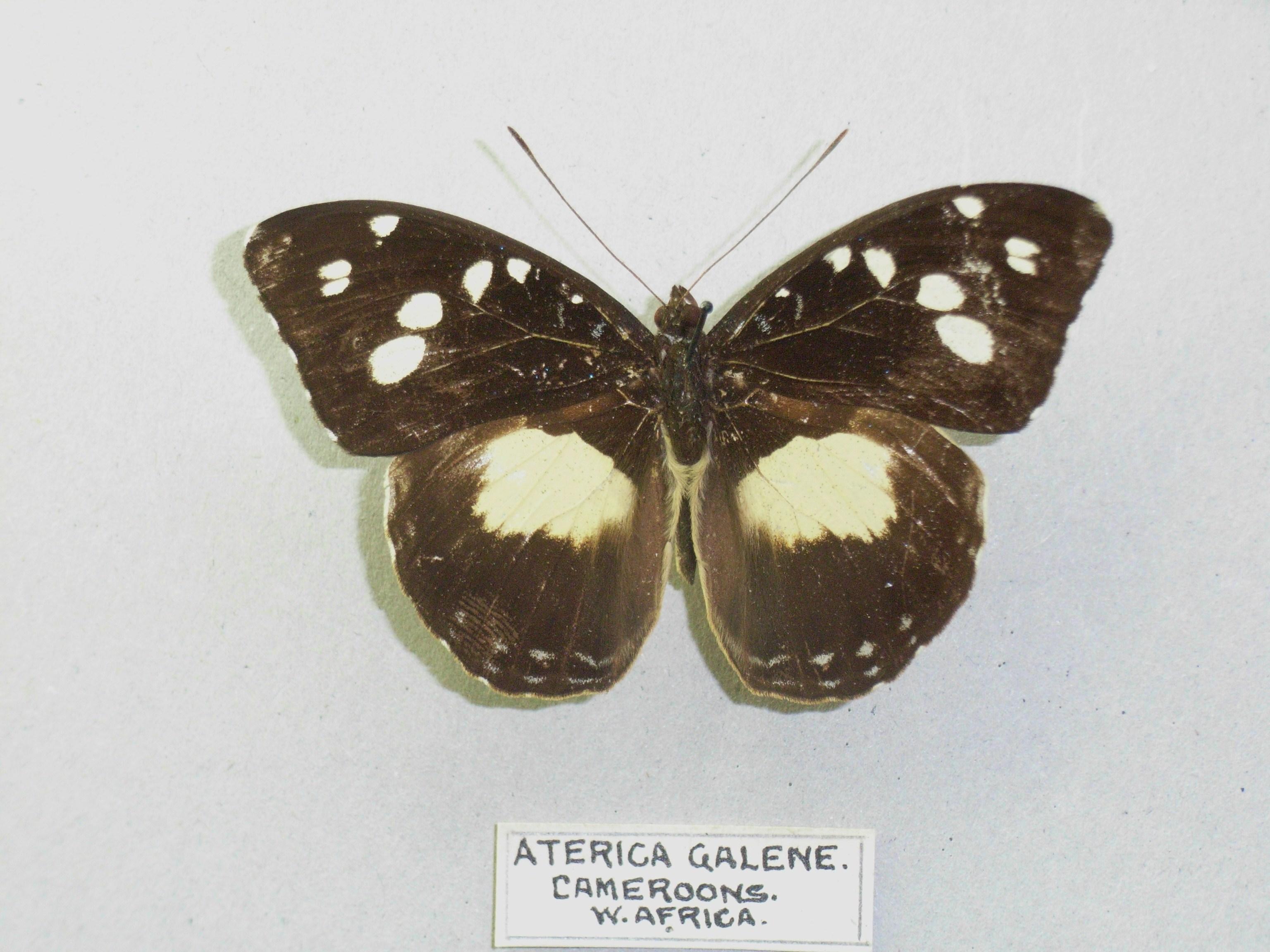|
Aldania Raddei
''Aldania raddei '' is a butterfly found in the East Palearctic (Amur, Ussuri) that belongs to the browns family. Description from Seitz raddei Brem. (55d) stands entirely apart in facies; a remarkable species, which must be placed in the present genus 'Neptis''as it agrees with the same in its morphological characters. Moore has erected for its reception a special genus, ''Aldania''. Ground-colour white, dusted with grey-brown at the margins, the base and along the veins, the veins themselves blackish, a row of dark lunules along the margin, being especially distinct on the underside. — Amurland: Bureja Mts., Ussuri.Seitz, A. ed. Band 1: Abt. 1, ''Die Großschmetterlinge des palaearktischen Faunengebietes, Die palaearktischen Tagfalter'', 1909, 379 Seiten, mit 89 kolorierten Tafeln (3470 Figuren) Biology The larva feeds on ''Ulmus propinqua''. Etymology The name honours Gustav Radde. See also *List of butterflies of Russia This is a list of butterflies of Russia. ... [...More Info...] [...Related Items...] OR: [Wikipedia] [Google] [Baidu] |
Adalbert Seitz
Friedrich Joseph Adalbert Seitz, (24 February 1860 in Mainz – 5 March 1938 in Darmstadt) was a German physician and entomologist who specialised in Lepidoptera. He was a director of the Frankfurt zoo from 1893 to 1908 and is best known for editing the multivolume reference on the butterflies and larger moths of the world ''Die Gross-Schmetterlinge der Erde'' which continued after his death. Biography Seitz was born in Mainz and went to school in Aschaffenburg, Darmstadt and Bensheim. He studied medicine from 1880 to 1885 and then zoology at Giessen. His doctorate was on the protective devices of animals. He worked as an assistant in the maternity hospital of the University of Giessen and then worked as a ship's doctor from 1887, travelling to Australia, South America and Asia. He began to collect butterflies on these travels. In 1891 he habilitated in zoology with a thesis on the biology of butterflies from the University of Giessen. In 1893 he took up a position as a direct ... [...More Info...] [...Related Items...] OR: [Wikipedia] [Google] [Baidu] |
Otto Vasilievich Bremer
Otto Vasilievich Bremer (died 11 November 1873) was a Russian naturalist and entomologist. He wrote: *''Beiträge zur Schmetterlings-fauna des Nödrlichen China's'' (1853) with Vasilii Fomich Grey (William Grey). *"Neue Lepidopteren aus Ost-Sibirien und dem Amur Lande, gesammelt von Radde und Maack, beschrieben von Otto Bremer" (1861) ', 3(7): 461-496 *"Lepidopteren Ost-Sibiriens, insbesondere der Amur-Landes, gesammelt von den Herren G.Radde, R.Maack und P.Wulfius" (1864) ''Mémoires de l'Académie impériale des sciences de St.-Pétersbourg'', 7 ser., 8(1): 103 pages He described many insects, including the large skipper butterfly. Bremer's collection is in the Zoological Museum of the Russian Academy of Science in Saint Petersburg Saint Petersburg ( rus, links=no, Санкт-Петербург, a=Ru-Sankt Peterburg Leningrad Petrograd Piter.ogg, r=Sankt-Peterburg, p=ˈsankt pʲɪtʲɪrˈburk), formerly known as Petrograd (1914–1924) and later Leningrad (1924–1991), i ... [...More Info...] [...Related Items...] OR: [Wikipedia] [Google] [Baidu] |
Butterfly
Butterflies are insects in the macrolepidopteran clade Rhopalocera from the order Lepidoptera, which also includes moths. Adult butterflies have large, often brightly coloured wings, and conspicuous, fluttering flight. The group comprises the large superfamily Papilionoidea, which contains at least one former group, the skippers (formerly the superfamily "Hesperioidea"), and the most recent analyses suggest it also contains the moth-butterflies (formerly the superfamily "Hedyloidea"). Butterfly fossils date to the Paleocene, about 56 million years ago. Butterflies have a four-stage life cycle, as like most insects they undergo complete metamorphosis. Winged adults lay eggs on the food plant on which their larvae, known as caterpillars, will feed. The caterpillars grow, sometimes very rapidly, and when fully developed, pupate in a chrysalis. When metamorphosis is complete, the pupal skin splits, the adult insect climbs out, and after its wings have expanded and dried, it fli ... [...More Info...] [...Related Items...] OR: [Wikipedia] [Google] [Baidu] |
Palearctic
The Palearctic or Palaearctic is the largest of the eight biogeographic realms of the Earth. It stretches across all of Eurasia north of the foothills of the Himalayas, and North Africa. The realm consists of several bioregions: the Euro-Siberian region; the Mediterranean Basin; the Sahara and Arabian Deserts; and Western, Central and East Asia. The Palaearctic realm also has numerous rivers and lakes, forming several freshwater ecoregions. The term 'Palearctic' was first used in the 19th century, and is still in use as the basis for zoogeographic classification. History In an 1858 paper for the ''Proceedings of the Linnean Society'', British zoologist Philip Sclater first identified six terrestrial zoogeographic realms of the world: Palaearctic, Aethiopian/ Afrotropic, Indian/ Indomalayan, Australasian, Nearctic, and Neotropical. The six indicated general groupings of fauna, based on shared biogeography and large-scale geographic barriers to migration. Alfre ... [...More Info...] [...Related Items...] OR: [Wikipedia] [Google] [Baidu] |
Nymphalidae
The Nymphalidae are the largest family of butterflies, with more than 6,000 species distributed throughout most of the world. Belonging to the superfamily Papilionoidea, they are usually medium-sized to large butterflies. Most species have a reduced pair of forelegs and many hold their colourful wings flat when resting. They are also called brush-footed butterflies or four-footed butterflies, because they are known to stand on only four legs while the other two are curled up; in some species, these forelegs have a brush-like set of hairs, which gives this family its other common name. Many species are brightly coloured and include popular species such as the emperors, monarch butterfly, admirals, tortoiseshells, and fritillaries. However, the under wings are, in contrast, often dull and in some species look remarkably like dead leaves, or are much paler, producing a cryptic effect that helps the butterflies blend into their surroundings. Nomenclature Rafinesque introduced th ... [...More Info...] [...Related Items...] OR: [Wikipedia] [Google] [Baidu] |
Ulmus Propinqua
''Ulmus davidiana'' var. ''japonica'', the Japanese elm, is one of the larger and more graceful Asiatic elms, endemic to much of continental northeast Asia and Japan, where it grows in swamp forest on young alluvial soils, although much of this habitat has now been lost to intensive rice cultivation.Makita, H., Miyagi, T., Miura, O., and Kikuchi, T. (1979). A study of an alder forest and an elm forest with special reference to their geomorphological conditions in a small tributary basin. In: Vegetation und Lansdschaft Japans. ''Bull: Yokohama Phytosoc. Soc. Japan'' 16, 1979 Description The size and shape of the Japanese elm is extremely variable, ranging from short and bearing a densely branched broad crown similar to the Wych elm to tall, single-stemmed, with narrow crown similar to the English elm. Augustine Henry described one of the latter outside Iwamigawa, Hokkaido, railway station as being 34 m tall, with a clean stem to a height of approximately 15 m.Elwes, H. J. & ... [...More Info...] [...Related Items...] OR: [Wikipedia] [Google] [Baidu] |
Gustav Radde
Gustav Ferdinand Richard Radde (27 November 1831 – 2 March 1903) was a German naturalist and Siberian explorer. Radde's warbler and several other species are named after him. Biography Radde was born in Danzig, the son of a schoolmaster. He had little formal education, and began a career as an apothecary. At an early age he was influenced by Anton Menge and became increasingly interested in natural history, and in 1852 he gave up his career and spent two years in the Crimea with the botanist Christian von Steven, collecting both plants and animals. He made further trips to southern Russia with Johann Friedrich von Brandt and Karl Ernst von Baer. He was botanist and zoologist on the East Siberian Expedition of 1855, led by the astronomer Ludwig Schwarz. In 1864 he eventually settled in Tbilisi. In the same year he explored the region surrounding Mount Elbrus, the highest mountain in the Western Palearctic. As well as collecting many plants he recorded the languages, ball ... [...More Info...] [...Related Items...] OR: [Wikipedia] [Google] [Baidu] |
List Of Butterflies Of Russia
This is a list of butterflies of Russia. About 540 species are known from Russia. The butterflies (mostly diurnal) and moths (mostly nocturnal) together make up the taxonomic order Lepidoptera. The history of lepidopterology in Russia is connected with the organization of the first Russian museum The Kunstkamera established by Peter the Great in 1714. In 1717, he purchased the collection of Albert Seba, a merchant from Amsterdam, for the new museum. In 1832 the Zoological Museum of the Imperial Academy of Sciences was separated as a distinct institution which in 1931 became the Zoological Institute of the USSR Academy of Sciences (since 1991 — Russian Academy of Sciences). In 1859, the then director of the Zoological Museum, Johann Friedrich von Brandt was one of the founders of the Russian Entomological Society in 1859 and in St. Petersburg . Other founders were Karl Ernst von Baer, Ya. A. Kushakevich, Colonel Alexander Karlovich Manderstern, Alexander von Middendorff a ... [...More Info...] [...Related Items...] OR: [Wikipedia] [Google] [Baidu] |
Limenitidinae
The Limenitidinae are a subfamily of butterflies that includes the admirals and relatives. The common names of many species and genera reference military ranks or – namely the Adoliadini – titles of nobility (e.g., count, duke, earl, and marquis), in reference to these butterflies' large size, bold patterns, and dashing flight. In particular, the light stripe running lengthwise across the wings of many Limenitidini has reminded earlier authors of officers' (e.g. admiral, commander, commodore) shoulder marks and epaulets. In flight, many of these butterflies have the habit of flapping their wings, so the (usually) bright upperside and the cryptic underside alternate for the observer, then gliding for prolonged distances, with the motionless wings held outstretched. The common names of some Limenitidinae – "aeroplanes", "clippers", or " gliders" – refer to this flight pattern. Systematics The Biblidinae are sometimes merged here. The present subfamily is also ... [...More Info...] [...Related Items...] OR: [Wikipedia] [Google] [Baidu] |
Butterflies Described In 1861
Butterflies are insects in the macrolepidopteran clade Rhopalocera from the order Lepidoptera, which also includes moths. Adult butterflies have large, often brightly coloured wings, and conspicuous, fluttering flight. The group comprises the large superfamily Papilionoidea, which contains at least one former group, the skippers (formerly the superfamily "Hesperioidea"), and the most recent analyses suggest it also contains the moth-butterflies (formerly the superfamily "Hedyloidea"). Butterfly fossils date to the Paleocene, about 56 million years ago. Butterflies have a four-stage life cycle, as like most insects they undergo complete metamorphosis. Winged adults lay eggs on the food plant on which their larvae, known as caterpillars, will feed. The caterpillars grow, sometimes very rapidly, and when fully developed, pupate in a chrysalis. When metamorphosis is complete, the pupal skin splits, the adult insect climbs out, and after its wings have expanded and dried, ... [...More Info...] [...Related Items...] OR: [Wikipedia] [Google] [Baidu] |
_male_in_flight.jpg)
.jpg)

